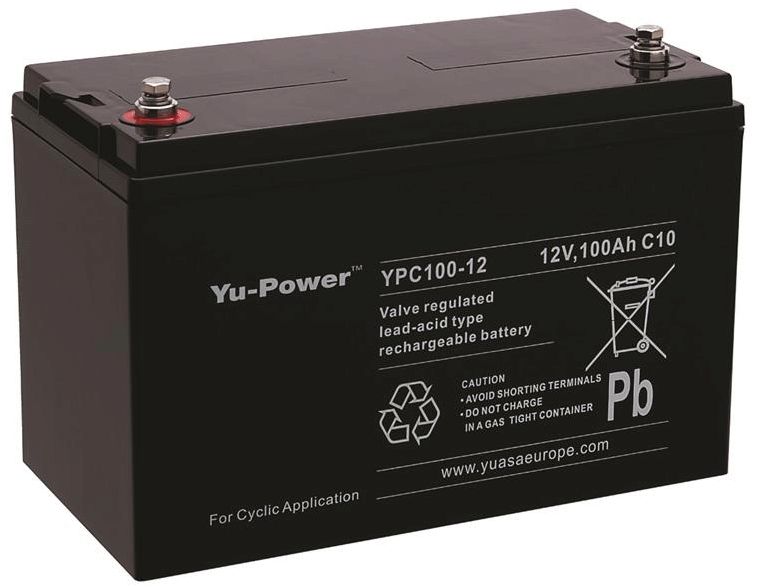CourtIOW
Member
Charging ebike battery from a leasure battery?
Folks I am wanting to get at least 1 full charge into my 700wh ebike battery (4a charger) while in my van.
So I am looking (and getting confused) by Charging systems etc..
But what my main thought/question is 1st, if I had a FULLY charged leasure battery, could I charge my 700wh battery from it, guessing using a inverter?
If so what would be the recommended size/minimum of battery?
And does the inverter need to be sine or there other ? and any particular size?
That will get me going, then will look into the Charging of the leasure, top up via solar and split Charging system. ?
Basically want to know is it possible without a load of batteries.
Thanks all.
Folks I am wanting to get at least 1 full charge into my 700wh ebike battery (4a charger) while in my van.
So I am looking (and getting confused) by Charging systems etc..
But what my main thought/question is 1st, if I had a FULLY charged leasure battery, could I charge my 700wh battery from it, guessing using a inverter?
If so what would be the recommended size/minimum of battery?
And does the inverter need to be sine or there other ? and any particular size?
That will get me going, then will look into the Charging of the leasure, top up via solar and split Charging system. ?
Basically want to know is it possible without a load of batteries.
Thanks all.

